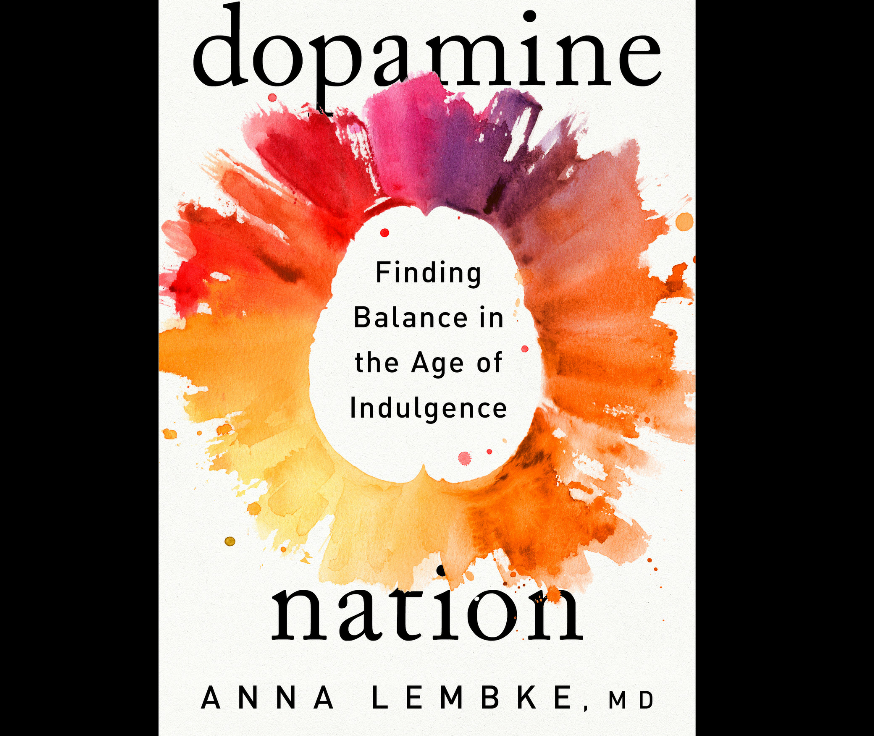The activation of the habenula inhibits or deactivates the dopamine neurons in the substantia nigra and ventral tegmental area, and, conversely excites or activates them when it is deactivated. This has profound implications for PD, as this points to the possibility that it is not cell death which causes the issues in PD, but chronic activation of the habenula permanently switching off the cells in the substantia nigra from producing dopamine. This is a more hopeful hypothesis, as it means the cells are just dormant, not dead. If we can figure out how to deactivate the habenula, this could provide significant symptom reduction.
Read MoreBrain Healing and Parkinson's Disease
Here are annotated excerpts from the book, on the stages of neuroplastic healing - according to Dr Doidge, this works by modulating or downregulating the abnormal and noisy brain wave activity which occurs in nervous system dysregulations, that are either blocking clear movement and sensory signals or are over-exciting pain responses. It is worth noting that such “noisy brain” problems have been identified as a key element of Parkinson’s Disease.
Read MoreHand-Held Accessories and Hand-Eye Co-ordination in Movement Therapies for Parkinson's Disease
An early discovery in pursuing whole-body movement as the principle therapy for increasing my range of motion, re-connecting body and mind, and integrating Primitive Reflexes, was the importance of holding something in my hands as part and parcel of the therapy, thereby enhancing the Applied Neuroplasticity and Somatic Experiencing benefits of movement.
Read MoreNeural Exercises and Parkinson's Disease
This article explores how I've found that persistent and targeted "neural exercises" can progressively reduce various symptoms/problems of Parkinson's Disease, through neuroplastic processes. In particular, here I will demonstrate specific neural exercises, and how I have significantly improved my own quality of life through pursuing these persistently over time, via entries from my video diary which are interspersed through the article.
Read MoreHands, Fingers and Parkinson's Disease
I have done a lot of hand/finger stimulation and experimented to optimize such exercises, in the spirit of Curiosity and Play. I've personally found significant benefit in pursuing this line of research. Indeed, I have managed to recover a lot of my independence and quality of life through hand and finger therapy, and I know just how much of a major part it has played in my own progressive symptom reduction.
Read MorePlaying Card Therapies for Parkinson's Disease
I find I can shuffle, deal, turn, tidy up, halve and gather the pack of cards. It can be quite stiff and difficult but this seems to be one of those things, like playing with my basketball, which allows me to almost always access some movement, this time for my fingers. Indeed, I find this is giving me more and more knowledge of my hands again. You can see me performing this type of exercise at the end of the video below.
Read More




